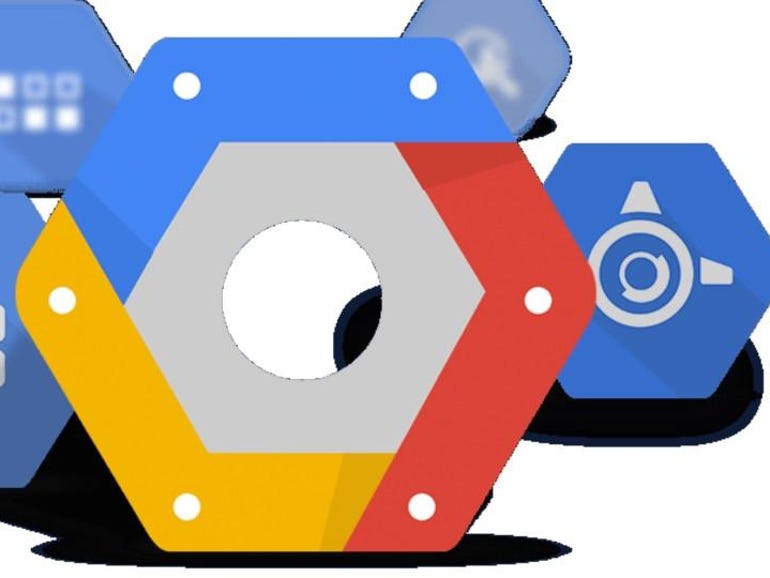
Google Cloud on Monday announced a new multi-year partnership with robotic process automation (RPA) company Automation Anywhere. The companies will work together on go-to-market and joint product development efforts aimed at accelerating RPA adoption in the enterprise.
RPA software attempts to understand how people process transactions or execute a task in an effort to then use those rules to build automated systems that can perform those roles instead. Among the biggest adopters of RPA today are banks, insurance firms, utilities and telecommunications companies.
As part of their new alliance, Automation Anywhere will become Google Cloud’s preferred RPA partner while Google Cloud will serve as Automation Anywhere’s primary cloud provider. Automation Anywhere’s Automation 360 platform will be available on Google Cloud, and both companies will mutually developing AI- and RPA-powered services.
Meanwhile, Google will also integrate Automation Anywhere’s RPA capabilities into multiple Google Cloud products, including Apigee and Appsheet. The companies will also co-develop industry-specific services geared toward supply chains, healthcare, telecommunications, retail, public sector and financial services organizations.
“As businesses increasingly run in the cloud, RPA provides the means to streamline processes across both cloud-native applications and legacy, on-premises systems – ultimately helping employees spend less time on repetitive tasks and more time supporting business-critical projects,” said Google Cloud CEO Thomas Kurian. “We are proud to partner with Automation Anywhere to help businesses quickly deploy and scale RPA capabilities on Google Cloud, and to address business challenges with solutions specially designed for industries.”
RPA is a hot space given that the COVID-19 pandemic has sped up the need for automation. Blue Prism, Automation Anywhere, and Pegasystems are among the larger RPA vendors.




















